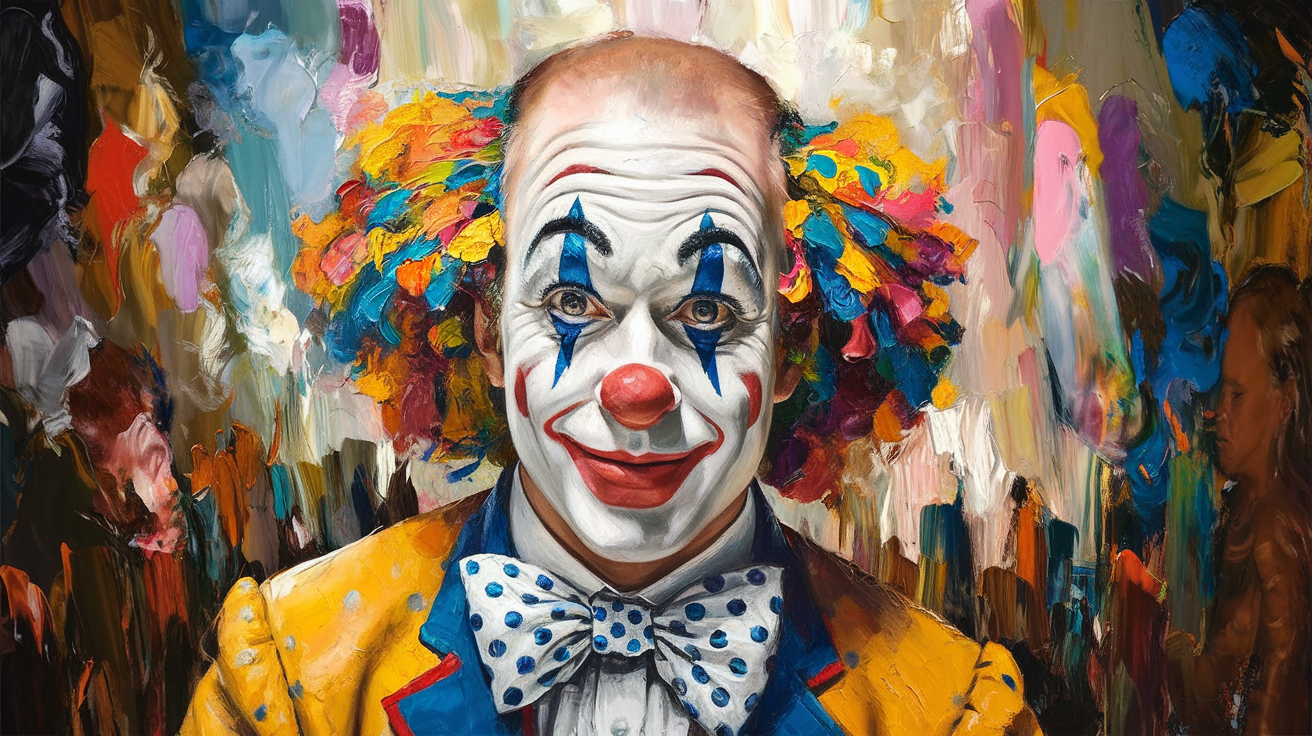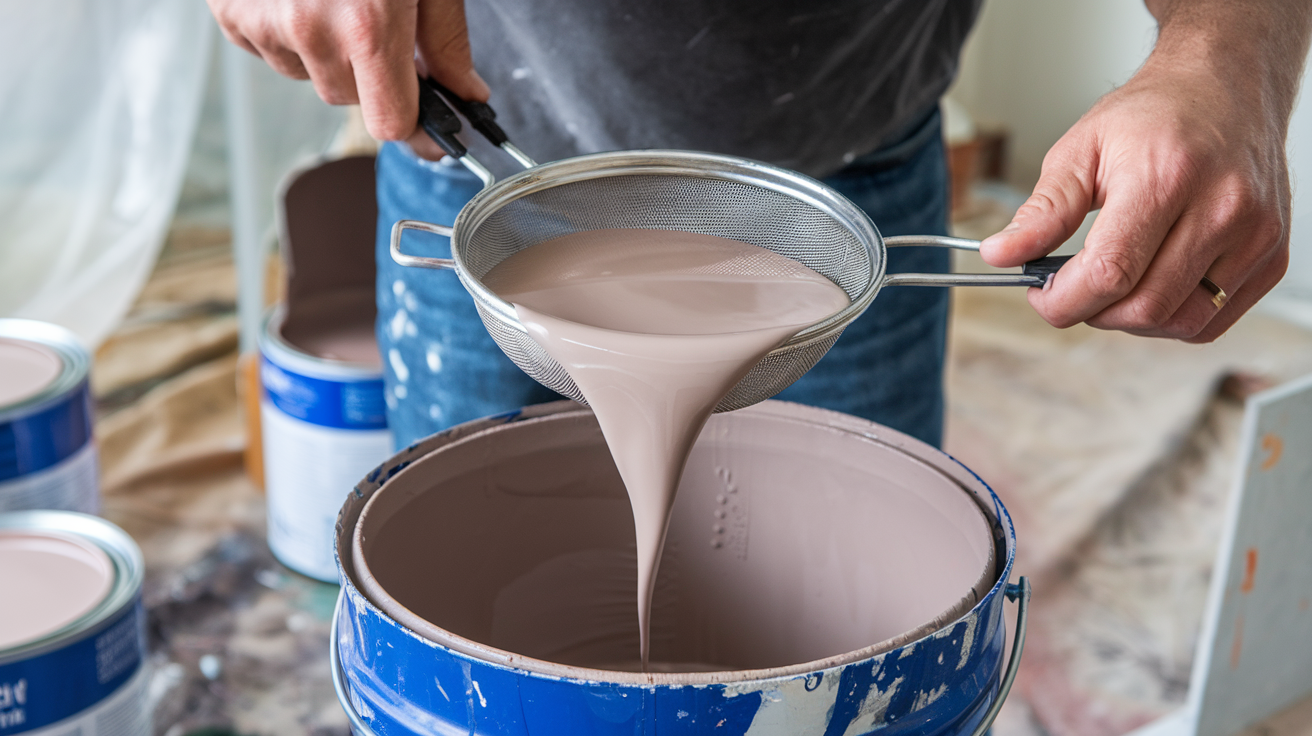
Introduction:
Art has long served as a mirror to human emotions, capturing the complexity of life and its countless dimensions. The world of clown art holds a unique charm among the various genres and styles, blending whimsy with profound emotion. The phrase I Duchamp Artist Clown Oil Painting evokes a fascinating niche in the artistic landscape where creativity, humour, and oil painting techniques converge to produce captivating works of art. This article delves deep into this intriguing genre, unravelling its history, significance, and the artistry behind it.
The Emergence of Clown Art in Oil Painting
Clown art, characterised by depictions of jesters, clowns, and harlequins, has a storied history rooted in theatre and fine art. From the vibrant characters of Commedia dell’Arte in Renaissance Italy to modern depictions in contemporary art, clowns have symbolised joy, melancholy, and the complexities of human emotion. With its rich textures and vibrant hues, oil painting has become a preferred medium for artists exploring this theme.
The keyword I Duchamp artist clown oil painting suggests a creative individual inspired by Marcel Duchamp’s avant-garde philosophies, blending traditional oil painting techniques with a playful, conceptual approach. Clown art evolves into something more profound through this lens, drawing from surrealism, dadaism, and the deep emotional resonance associated with clowns.
Understanding the Artistic Appeal of Clown Oil Painting
Clowns evoke contrasting emotions: their painted smiles can conceal sadness, while their exaggerated gestures embody joy. This dichotomy makes them compelling subjects for oil painting. The phrase I Duchamp artist clown oil painting encapsulates an artist’s exploration of this duality, merging bold visual elements with subtle emotional undertones.
Oil painting, renowned for its versatility, allows for intricate detailing and the layering of colours. It is ideally suited for capturing the vibrant costumes and expressive faces of clowns. The medium’s ability to convey depth and texture enhances the emotional resonance of clown-themed artworks, making them visually arresting and thought-provoking.
Marcel Duchamp’s Influence on Contemporary Clown Art
The mention of Duchamp in the context of I Duchamp artist clown oil painting introduces an avant-garde twist to this traditional subject. Marcel Duchamp, a pioneer of the Dada movement, redefined art by challenging conventional aesthetics and emphasising concept over form. An artist inspired by Duchamp would likely infuse clown oil paintings with unexpected elements, creating a fusion of humour, irony, and introspection.
For instance, Duchamp’s philosophy might inspire playful reinterpretations of classical clown imagery, incorporating surreal elements or abstract forms. The result is art transcending mere decoration, inviting viewers to question and reflect upon the deeper meanings embedded in clowns’ playful yet poignant world.
The Emotional Depth of Clown Portraits
At first glance, clown portraits might seem lighthearted, but they often carry layers of meaning that resonate deeply with viewers. The juxtaposition of vibrant costumes and sombre expressions reflects the universal human experience of masking pain with humour. In the context of I Duchamp artist clown oil painting, this theme takes on an even richer dimension, as the artist uses the clown as a metaphor for societal expectations and personal identity.
The eyes of a painted clown, often glistening with tears or reflecting unspoken thoughts, become a focal point, drawing viewers into the artwork’s emotional narrative. Through masterful brushstrokes, the artist captures not just the clown’s external appearance but also the soul beneath the painted facade.
Techniques and Styles in Clown Oil Painting
Oil painting is a medium that requires skill and patience, and clown-themed works demand a keen eye for detail. The richness of I Duchamp artist clown oil painting comes alive through the artist’s choice of techniques and styles. Some artists opt for hyperrealism, meticulously rendering every detail of a clown’s face, from the texture of grease paint to the shimmer of sequins on their costume. Others may lean toward impressionism, using bold, expressive brushstrokes to convey mood and atmosphere.
Layering is another crucial technique in oil painting, allowing for a gradual buildup of colour and texture. This approach is efficient for depicting the multi-faceted emotions associated with clowns. Whether the work is playful, vibrant, melancholic, or introspective, the artist’s command of technique brings the subject to life.
The Modern Appeal of Clown Art
In recent years, clown art has experienced a resurgence, resonating with collectors and enthusiasts drawn to its emotional complexity and visual appeal. The phrase I Duchamp artist clown oil painting signifies a fresh perspective within this trend, blending traditional motifs with contemporary artistic sensibilities. Clown-themed oil paintings offer a unique and captivating option as more people seek art that speaks to their emotions and challenges their perceptions.
The versatility of clown art makes it suitable for various settings, from galleries and museums to private collections. Its ability to evoke joy and introspection ensures that each piece becomes a conversation starter, sparking dialogue about the interplay between humour, sorrow, and the human condition.
Clown Art as Social Commentary
Beyond its aesthetic value, clown art is often a powerful medium for social commentary. The theme of the clown, with its roots in performance and satire, lends itself to exploring societal norms and human behaviour. In the hands of an artist inspired by Duchamp, such as suggested by I Duchamp artist clown oil painting, this commentary becomes even more layered and provocative.
Through the lens of clown art, issues like identity, vulnerability, and the human desire for connection are brought to the forefront. The clown becomes a symbol of the masks people wear daily, challenging viewers to confront their emotions and societal roles.
Collecting and Appreciating Clown Oil Paintings
For art collectors and enthusiasts, clown oil paintings offer a unique blend of emotional depth and artistic mastery. Pieces inspired by the ethos of I Duchamp artist clown oil painting are particularly intriguing, combining the traditional allure of oil painting with modern, conceptual elements. Collectors value such works for their ability to evoke powerful feelings and provoke thought, making them timeless additions to any collection.
When selecting a clown oil painting, buyers often look for pieces that resonate personally, whether through the artist’s technique, the subject’s expression, or the narrative woven into the work. Each painting reflects the collector’s experiences and emotions, creating a deeply personal connection.
Conclusion
The world of I Duchamp artist clown oil painting is a fascinating intersection of tradition, emotion, and avant-garde creativity. By blending the timeless charm of clown imagery with the innovative spirit of Duchamp’s philosophy, this niche genre offers a unique and captivating form of artistic expression. Artists bring clowns to life through skilled oil painting techniques, capturing their complexity and emotional resonance.
As clown art continues to evolve and gain popularity, it remains a testament to the enduring power of art to reflect and challenge the human experience. Whether appreciated for its aesthetic beauty, emotional depth, or conceptual ingenuity, I Duchamp artist clown oil painting invites viewers into a world where humor and sorrow coexist, leaving a lasting impression on all who encounter it.


